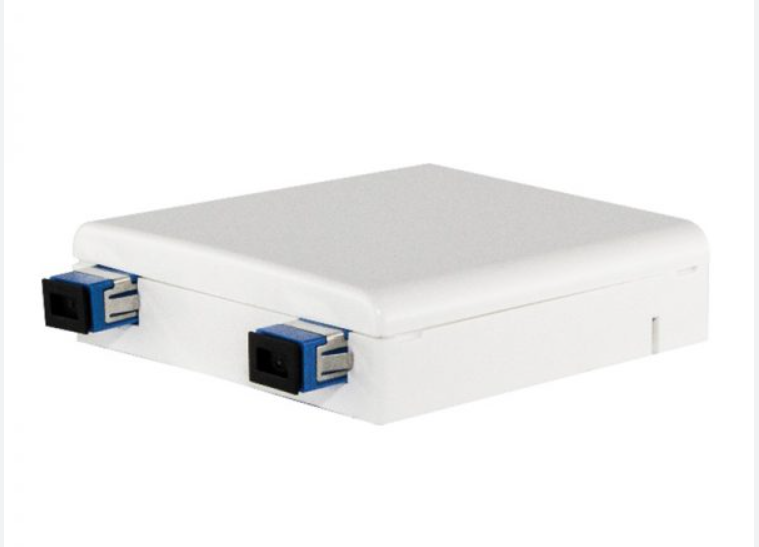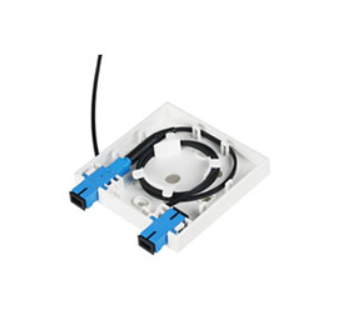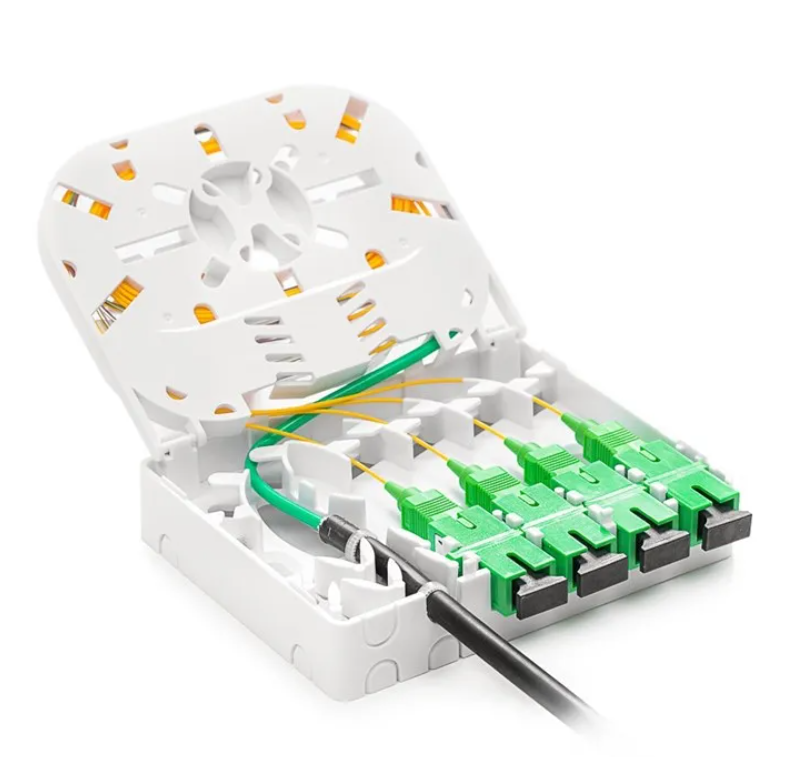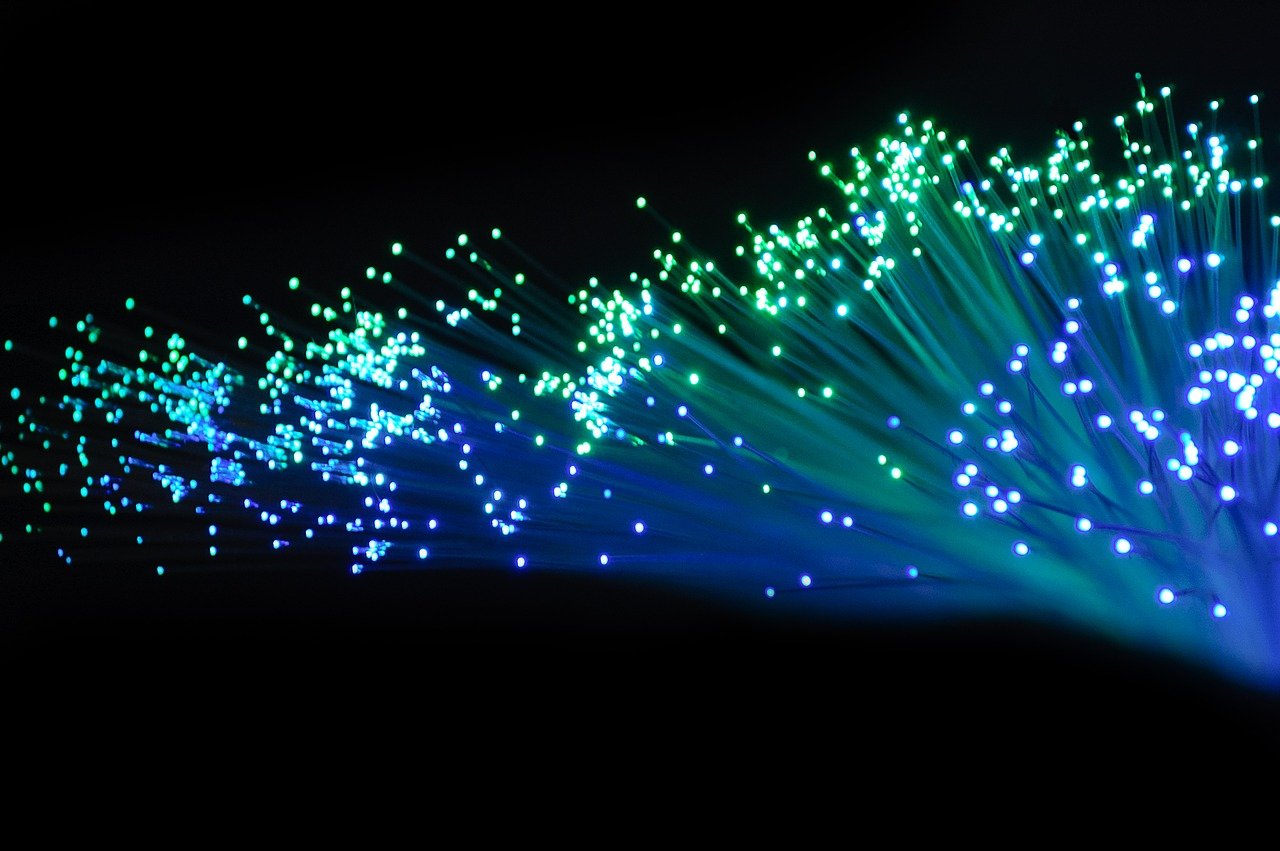Comparing Fiber Wall Sockets: Performance, Features, and Future Trends

Enhancing Connectivity in Modern Networks
In today's world of modern networking, establishing reliable and high-performance connectivity is essential. Fiber optic wall outlets are key components that contribute to this seamless connectivity. These outlets, also known as fiber wall sockets or fiber optic outlets, play a crucial role in facilitating the transmission of data over long distances at incredible speeds. By utilizing advanced networking technology, fiber wall sockets ensure efficient and stable connections for various applications, including internet access, video streaming, and data transfer. With their ability to handle large amounts of data traffic, fiber optic outlets have become an integral part of modern networking infrastructure.
Exploring Different Fiber Wall Socket Options
Fiber wall sockets come in various types, each offering unique features and performance capabilities. Understanding the different options available in the market can help you choose the most suitable fiber optic outlet for your networking needs.
Types of Fiber Wall Sockets
Single-mode Fiber Wall Sockets: These outlets are designed to transmit data over long distances with minimal signal loss. They are ideal for applications that require high bandwidth and reliable connectivity, such as data centers or long-haul networks.
Multimode Fiber Wall Sockets: Multimode outlets are commonly used for shorter distance connections within buildings or campuses. They support multiple light paths simultaneously, allowing for increased data transmission capacity.
Simplex and Duplex Fiber Wall Sockets: Simplex outlets have a single fiber connection, while duplex outlets feature two separate fibers for bidirectional communication. The choice between simplex and duplex depends on the specific networking requirements and the number of connections needed.
Benefits of Fiber Wall Sockets
Using fiber optic wall outlets offers several advantages over traditional networking options:
Enhanced Performance: Fiber wall sockets provide faster data transfer speeds and higher bandwidth capabilities compared to copper-based alternatives. This enables seamless streaming, quick file transfers, and lag-free online experiences.
Improved Reliability: With their immunity to electromagnetic interference (EMI) and resistance to environmental factors like temperature fluctuations or moisture, fiber optic outlets offer more reliable connectivity. This makes them suitable for critical applications where downtime is not an option.
Future-Proofing: As technology continues to advance, fiber optic infrastructure provides scalability and future-proofing capabilities. Upgrading network equipment becomes easier with fiber wall sockets, ensuring compatibility with emerging technologies.
Evaluating the Performance of Fiber Wall Sockets
When considering fiber wall sockets for your networking needs, it's important to evaluate their performance based on key factors that can impact connectivity and data transmission.
Factors Affecting Performance
Bandwidth Capabilities: The bandwidth capacity of a fiber optic outlet determines how much data can be transmitted at a given time. Higher bandwidth allows for faster and more efficient data transfer, supporting applications that require large amounts of data, such as video streaming or cloud computing.
Signal Quality: The quality of the signal passing through the fiber wall socket is crucial for maintaining reliable connectivity. Factors like signal loss, distortion, or noise can degrade performance. It's essential to choose outlets with low signal loss and high signal-to-noise ratio (SNR) to ensure optimal performance.
Performance Comparison
Comparing the performance of different fiber wall socket options can help you make an informed decision based on your specific requirements. Here are some aspects to consider:
Throughput: Throughput refers to the amount of data that can be transmitted in a given time period. Higher throughput indicates faster data transfer speeds and better overall performance.
Latency: Latency measures the delay between sending and receiving data packets. Lower latency is desirable for real-time applications like online gaming or video conferencing, where delays can negatively impact user experience.
Reliability: Reliability is crucial in networking, especially for critical applications. Fiber wall sockets with higher reliability ensure consistent connectivity without interruptions or downtime.
By comparing these performance factors among different fiber wall socket options, you can select the one that best meets your specific needs.

Step-by-Step Guide to Installing Fiber Wall Sockets
Proper installation of fiber wall sockets is crucial for ensuring optimal performance and reliable connectivity. Follow these step-by-step instructions to install fiber optic outlets effectively:
Installation Process
Plan the Installation: Determine the location for the fiber wall socket, considering factors like accessibility, cable routing, and proximity to networking equipment.
Prepare the Work Area: Clear the area where the outlet will be installed and ensure a clean working environment. Remove any obstacles or debris that may hinder the installation process.
Mount the Outlet: Attach the fiber wall socket securely to the desired location using screws or adhesive, following manufacturer guidelines. Ensure proper alignment and orientation for cable connections.
Connect Fiber Cables: Carefully connect the fiber cables to their respective ports on the outlet. Use appropriate connectors (SC, LC, etc.) based on your specific requirements.
Test Connectivity: After connecting the cables, use a fiber optic tester or power meter to verify connectivity and signal strength. This ensures that all connections are secure and functioning correctly.
Benefits of Proper Installation
Properly installing fiber wall sockets offers several benefits:
Secure Connections: A well-installed outlet ensures secure connections between fibers and networking equipment, minimizing signal loss or disruptions due to loose connections.
Minimized Signal Loss: By following proper installation techniques, you can reduce signal loss caused by improper handling or bending of fiber cables during installation.
Optimal Performance: When installed correctly, fiber wall sockets provide optimal performance by maintaining consistent signal quality and minimizing data transmission errors.
Taking the time to install fiber optic outlets properly not only ensures reliable connectivity but also extends their lifespan, reducing maintenance needs in the long run.
Common Issues and Troubleshooting Techniques
Fiber wall sockets, like any other networking component, can encounter common issues that may affect their performance. Here are some common issues to be aware of when using fiber optic outlets:
Identifying Common Issues
Signal Loss: Signal loss can occur due to factors such as poor connections, cable damage, or excessive bending of fibers. It can result in degraded performance or complete loss of connectivity.
Connectivity Problems: Connectivity issues may arise from faulty connectors, damaged cables, or incorrect installation. These problems can lead to intermittent or no connection between devices.
Physical Damage: Fiber wall sockets are susceptible to physical damage caused by mishandling, accidental impact, or environmental factors like moisture or extreme temperatures. Physical damage can disrupt signal transmission and compromise the outlet's functionality.
Troubleshooting Tips
When faced with these common issues, here are some troubleshooting techniques you can try:
Testing Connections: Check all connections for proper alignment and secure attachment. Ensure that connectors are clean and undamaged.
Cleaning Fiber Connectors: Use specialized cleaning tools and solutions to remove dirt, dust, or debris from fiber connectors. This helps maintain optimal signal quality.
Replacing Faulty Components: If a specific component is identified as faulty (e.g., damaged cable), replace it with a new one to restore proper functionality.
Seeking Professional Help: If troubleshooting steps do not resolve the issue, consider contacting a professional technician with expertise in fiber optic networks for further assistance.
By following these troubleshooting tips and techniques, you can address common issues with fiber wall sockets effectively and ensure uninterrupted connectivity.
Innovations in Fiber Wall Socket Technology
Advancements in fiber wall socket technology continue to shape the future of networking, offering improved performance and efficiency for various applications.
Future Trends and Advancements
Higher Bandwidth Capabilities: As data demands increase, fiber wall sockets are evolving to support higher bandwidth capacities. This enables faster data transfer speeds and accommodates emerging technologies like 5G, virtual reality (VR), and Internet of Things (IoT) devices.
Improved Efficiency: Ongoing research and development efforts focus on enhancing the efficiency of fiber optic outlets. This includes reducing power consumption, optimizing signal transmission, and minimizing latency for more seamless user experiences.
Enhanced Security Features: With cybersecurity becoming increasingly important, future fiber wall sockets may incorporate advanced security features to protect against potential threats or unauthorized access.
Cost Considerations and Budget-Friendly Options
While advancements in technology often come with a higher price tag, there are cost considerations and budget-friendly options available:
Affordable Alternatives: Some manufacturers offer cost-effective alternatives without compromising on performance or reliability. These options cater to budget-conscious consumers or organizations looking for economical solutions.
Balancing Performance and Budget Constraints: It's essential to strike a balance between performance requirements and budget constraints when selecting fiber wall sockets. Assess your specific needs and consider factors such as scalability, long-term maintenance costs, and return on investment (ROI).
By staying informed about future trends in fiber wall socket technology and considering cost-effective options, you can make informed decisions that align with your networking goals.

Choosing the Right Fiber Wall Socket
When it comes to selecting the right fiber wall socket for your networking needs, it's important to consider various factors. By comparing the performance, features, and future trends of different options, you can make an informed decision. Additionally, take into account the installation process, common issues that may arise, and innovations in technology. Consider your specific requirements and budget constraints while evaluating different fiber wall sockets. By choosing a reliable outlet that aligns with your networking goals and considering maintenance tips to prolong its lifespan, you can ensure seamless connectivity and optimal performance.
See Also
Innovative Trends in Wall Mount Fiber Optic Patch Panels
Advancements and Trends in Rodent-Proof Fiber Optic Technology
Emerging Trends and Innovations in Fiber Optic Termination Technology
Unlocking the Potential of Wall Mount Fiber Enclosures: Efficiency and Security


